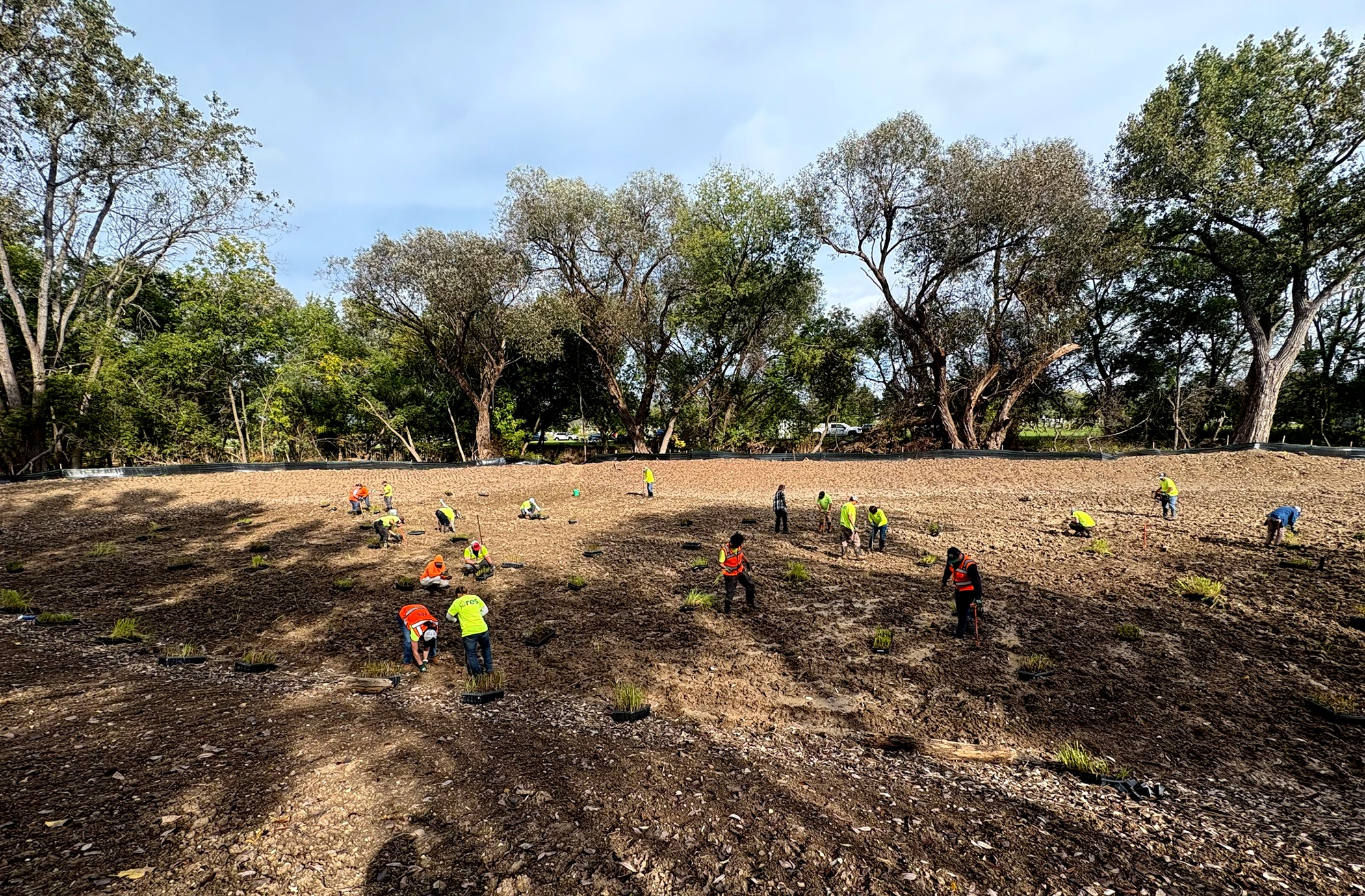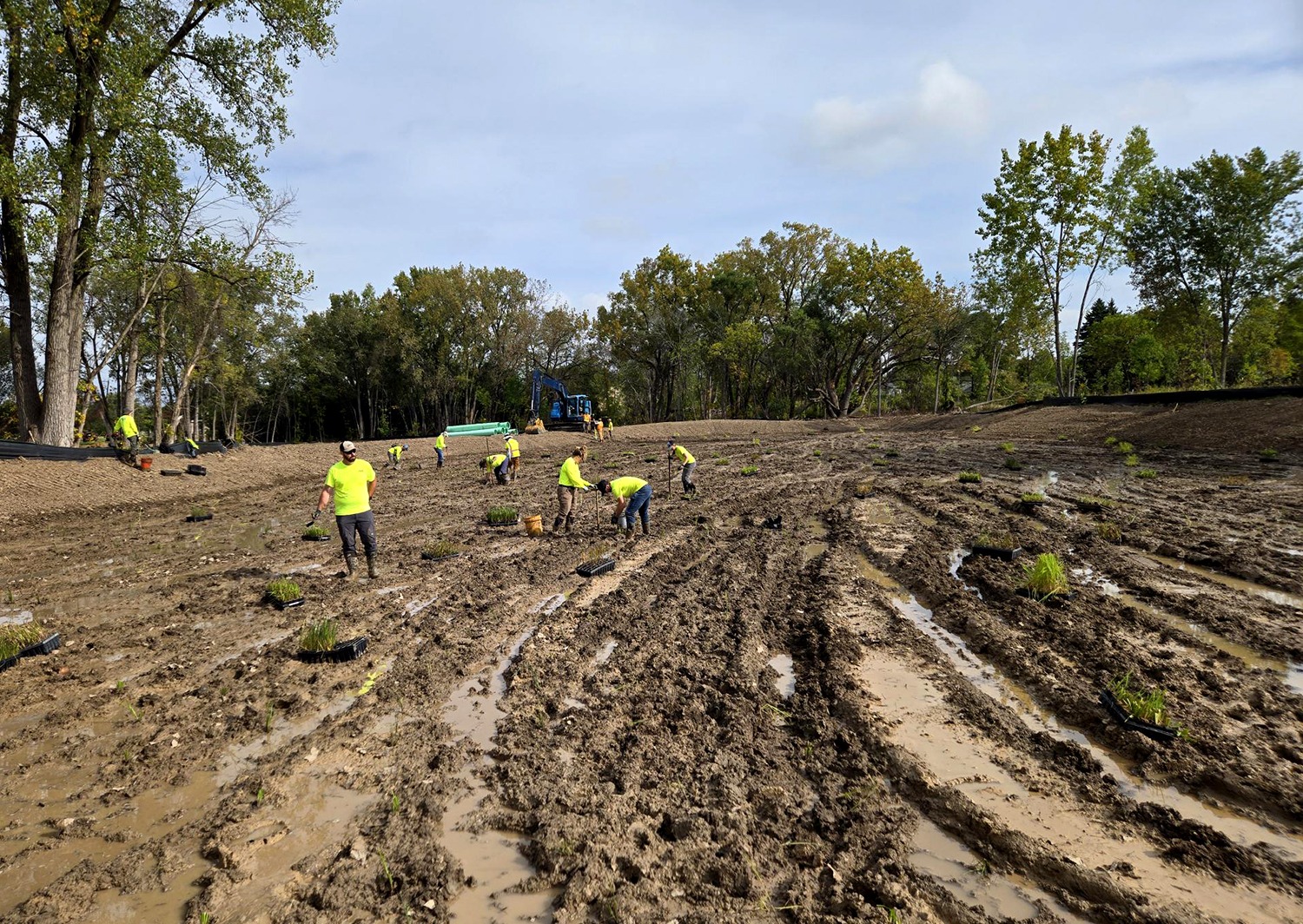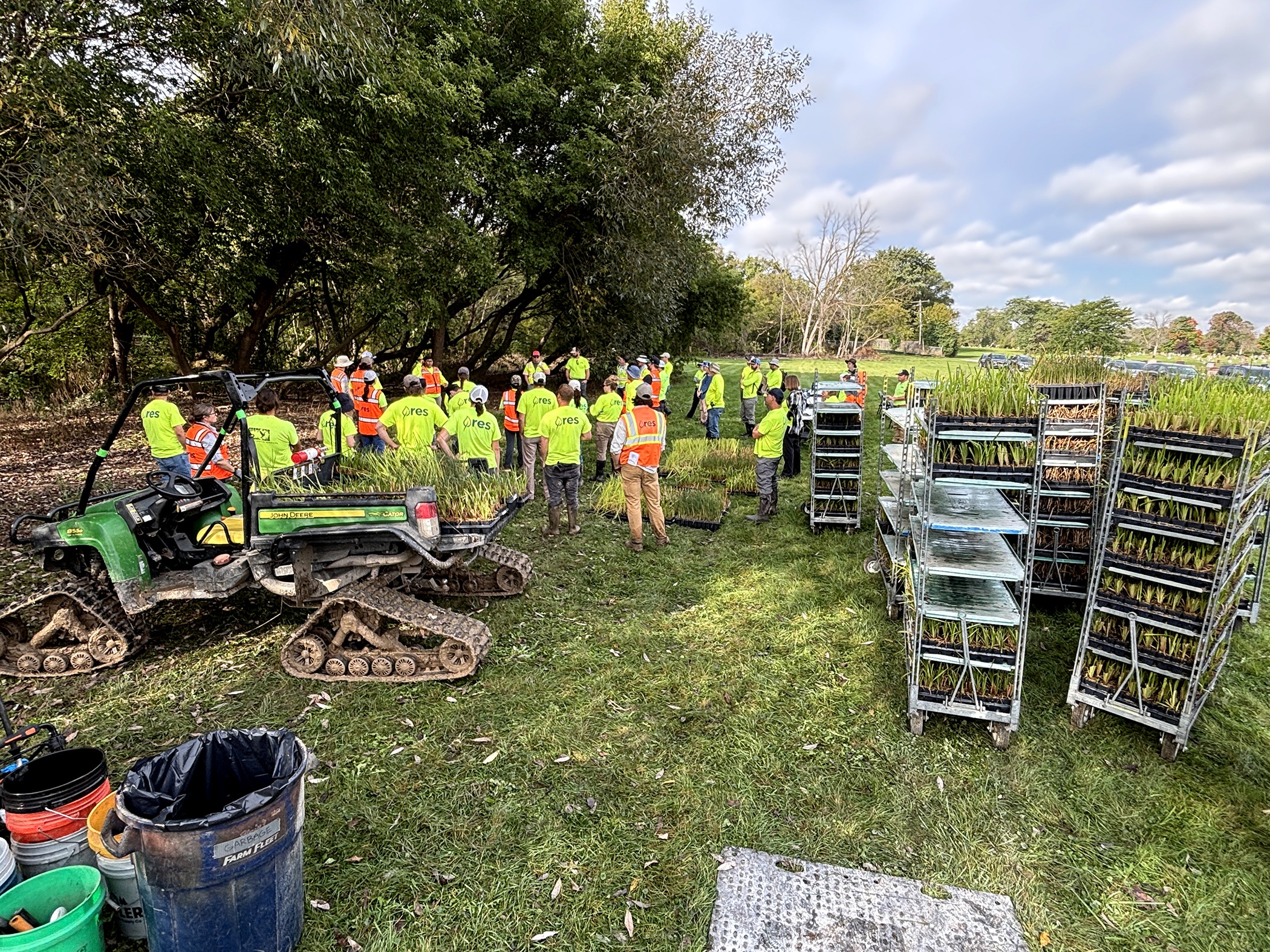Valhalla Constructed Stormwater Wetland




PROJECT SNAPSHOT
Project Type
Non-Bank ProjectLocation
Wisconsin | MilwaukeeSolution
- Resiliency
- Water Quality
Ecological Setting
- Green Infrastructure & Urban BMPs
- Urban
The Valhalla Constructed Stormwater Wetland (CSW) is a purpose-built system designed to work in harmony with existing forested wetlands on site. As part of the Milwaukee Metropolitan Sewerage District’s (MMSD) community-based green infrastructure initiative, the project contributes to a regional effort to capture millions of gallons of stormwater and protect Lake Michigan from pollution and flooding.
Located at the center of an 80-acre catchment area, the Valhalla CSW is capable of capturing and treating over 4.6-million gallons of stormwater during a 100-year storm event. Beyond its hydrological function, the completed site integrates community-focused amenities including a stormwater-ready building pad, gravel trail and boardwalk, educational signage, and wildlife enhancements such as bat boxes.
Site planning began with an in-depth assessment of soils, groundwater, and hydrology to ensure a system that both manages stormwater and sustains ecological balance. Subsurface infrastructure was engineered to maintain natural water flow patterns and support the health of adjacent wetlands, reinforcing the site’s hydrologic integrity as a foundation for long-term success.
Ecological restoration efforts included the removal of invasive species, selective tree clearing, and the introduction of native wetland and upland vegetation. Continued management will focus on controlling invasive regrowth and promoting the establishment of resilient native plant communities. Over time, the Valhalla Wetlands will blend seamlessly with surrounding forested systems, providing critical habitat and supporting biodiversity and climate resilience within the urban watershed.
Client Benefits
• Enhanced stormwater management
• Protection of Lake Michigan
• Community and educational value
• Wildlife and habitat enhancement
• Long-term site resilience
